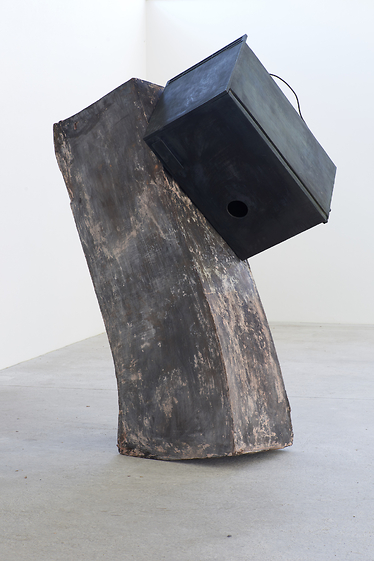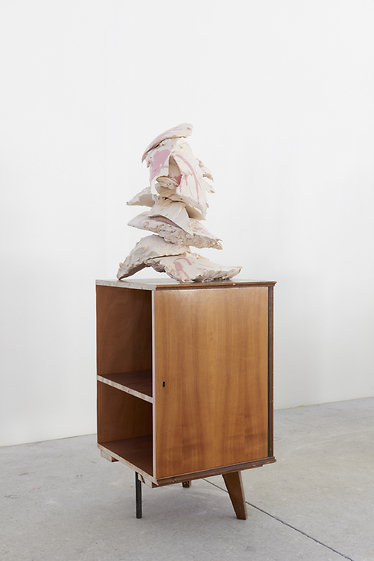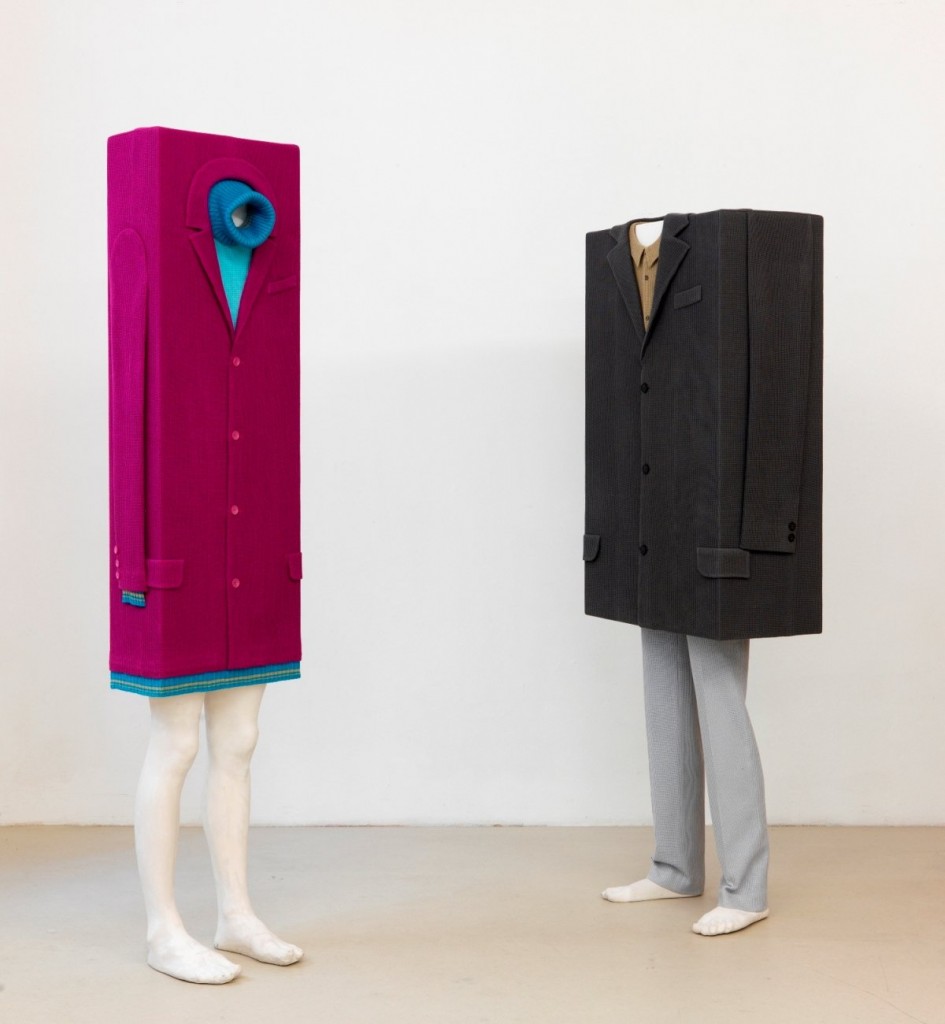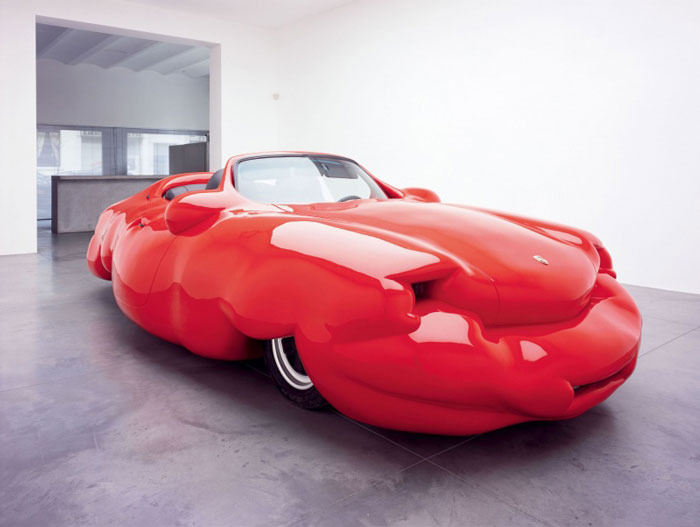INHALE is a cultural platform where artists are presented, where great projects are given credit and readers find inspiration. Think about Inhale as if it were a map: we can help you discover which are the must-see events all over the world, what is happening now in the artistic and cultural world as well as guide you through the latest designers’ products. Inhale interconnects domains that you are interested in, so that you will know all the events, places, galleries, studios that are a must-see. We have a 360 degree overview on art and culture and a passion to share.

In a comprehensive solo exhibition in the Villa Kast Galerie Thaddaeus Ropac Salzburg is showing new sculptures by the Austrian artist Erwin Wurm. Ceramic works by the artist will be shown for the first time, as well as bronzes and sculptures assembled from various materials including textiles, polyester and wood.
In his work, Erwin Wurm has done much to expand the concept of sculpture, and he uses absurd and comic elements of contemporary society – particularly in relation to the human body. In his sculptures and performances, he has repeatedly re-drawn and extended the fragile boundary defining a visible form from inside and outside, fundamentally challenging and questioning the viewer’s perception of reality.
The combination of materials in his œuvre creates spaces and allusions that far transcend the relation between viewer and object. In Angst / Lache Hochgebirge, a black chair appears to split open a house; the two objects stand in a specific relationship, developing a network of relationships that takes shape beyond the viewer. Here deformation has taken over a considerable part of the figuration (Erwin Wurm, 2014).
According to Aristotelean tradition, the “substance” of things lies in their autonomous reality, and less in the human activities that assign meaning to them or attempt to wrest from them their physical secrets. The object is more than simply its relation to man. This is precisely the direction in which Erwin Wurm wishes to take the viewer. Thus for instance, in Hochgebirge a black refrigerator clings to a warped high-rise building, or sausages stand or lie on chests of drawers. Here man is no longer the measure of all things – like the Earth after the Copernican revolution. This brings about a new form of materialism, or “realism”, which accepts that things are not subordinate to man, but follow natural laws of their own. Markus Gabriel sums it up: There is not one single world, but many, many different perspectives on the world. (Markus Gabriel, 2013). Thus material assumes a different status – as for instance in Erwin Wurm’s latest ceramics, manifested with volume and materiality in an Origami or a Tantum Verde. In the new burnt clay sculptures I’m guided by the material … it’s as though I’m merely following the sculpture – it guides and leads me (Erwin Wurm, 2014).






























































